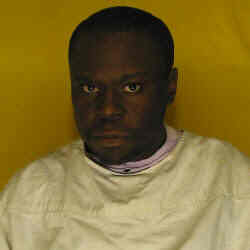Douglas Coley Ohio Death Row
Douglas Coley was sentenced to death by the State of Ohio for a carjacking that ended in a murder. According to court documents Douglas Coley would drag the victim, Samar El-Okdi , from her car to an alley where she was fatally shot and Douglas Coley would then steal her car. Douglas Coley would be arrested, … Read more








